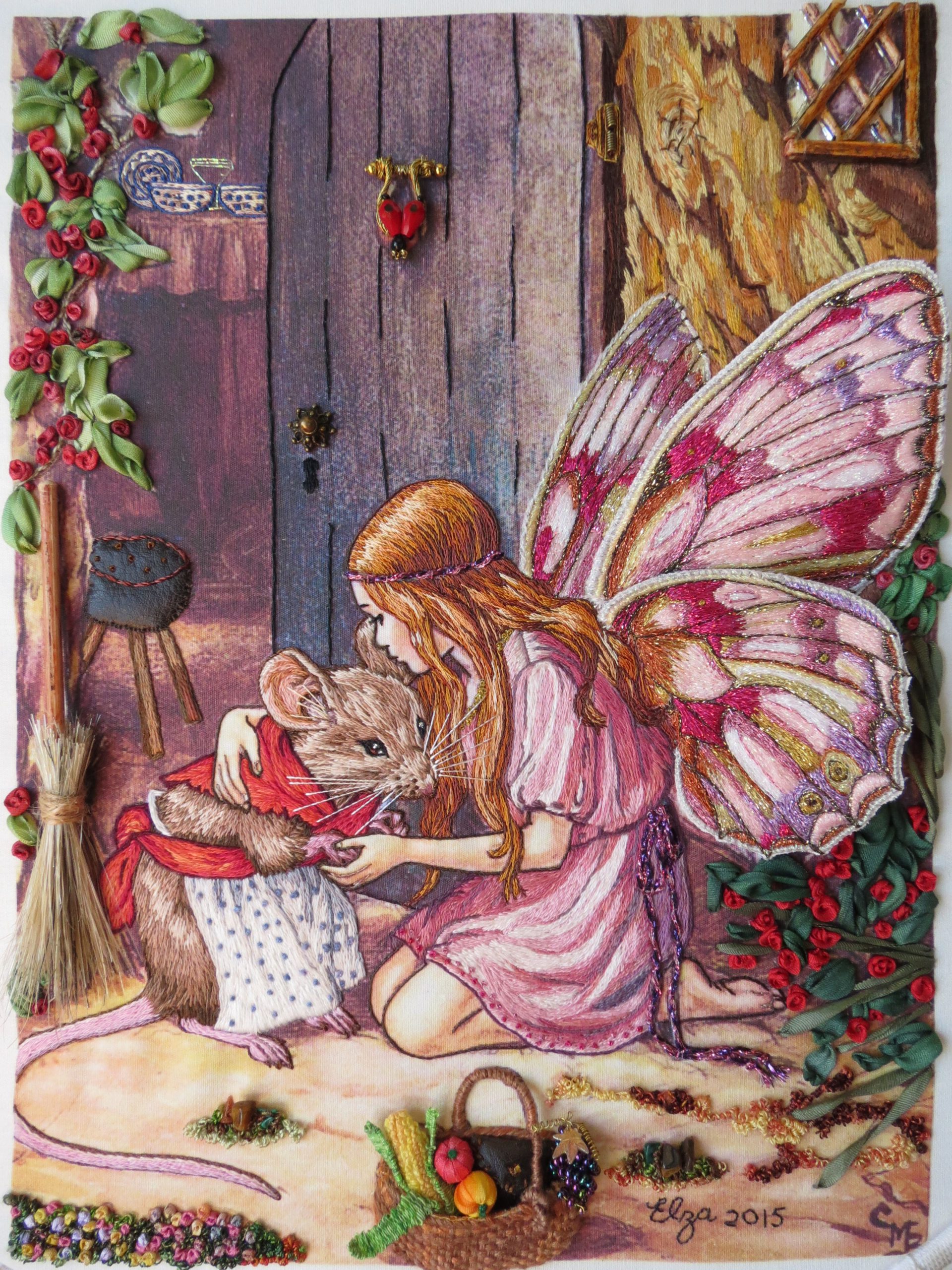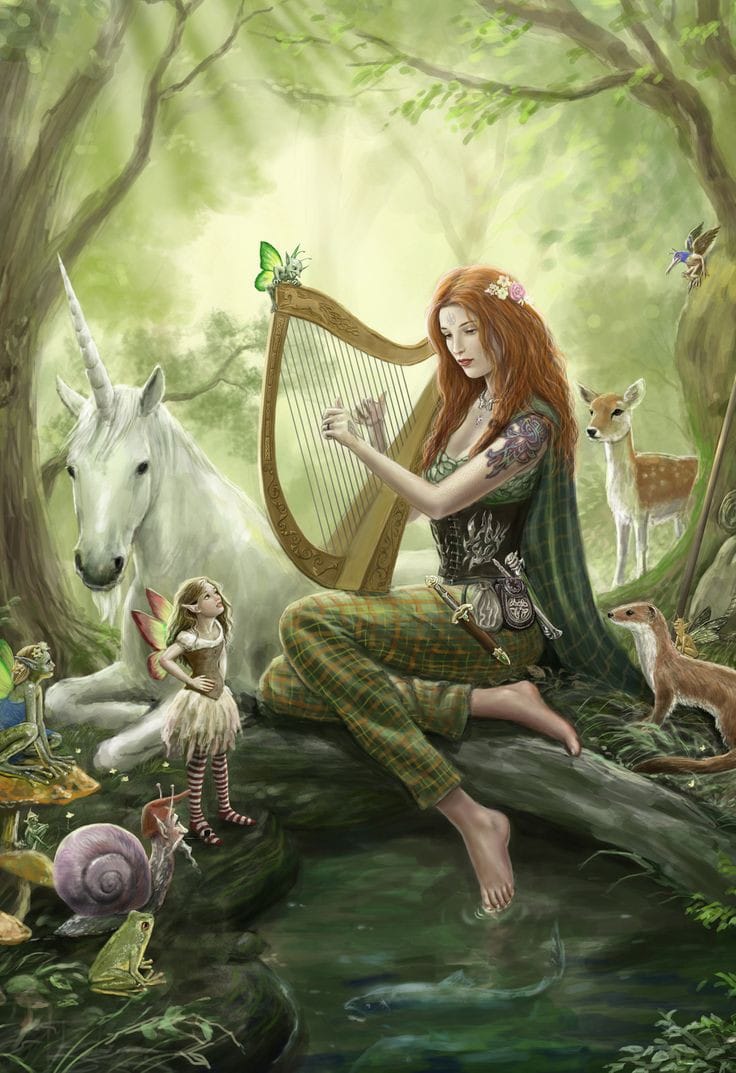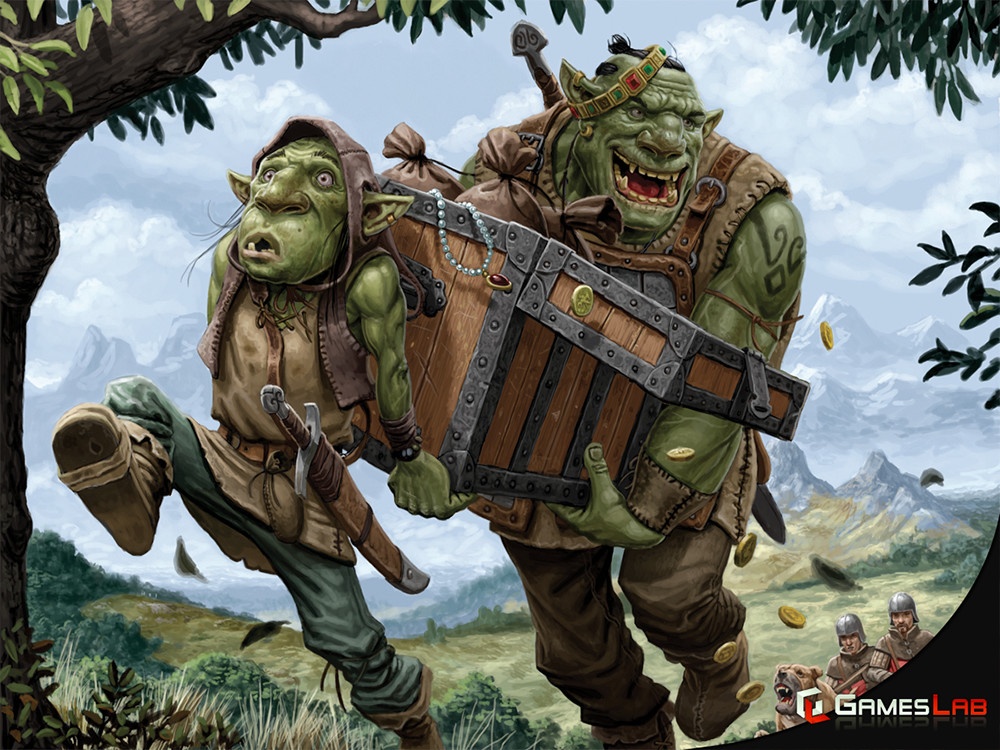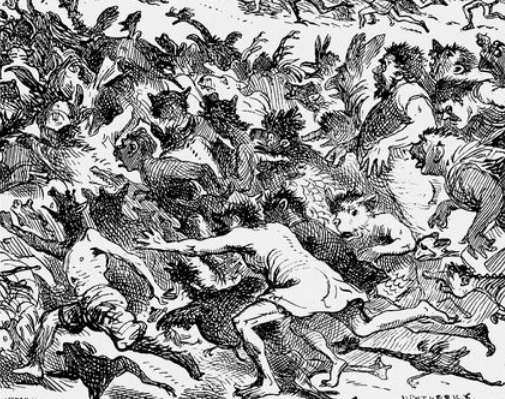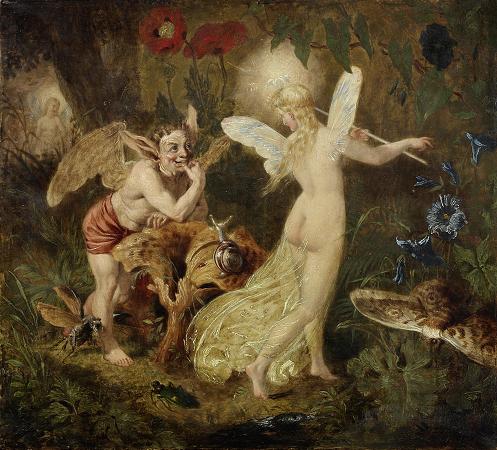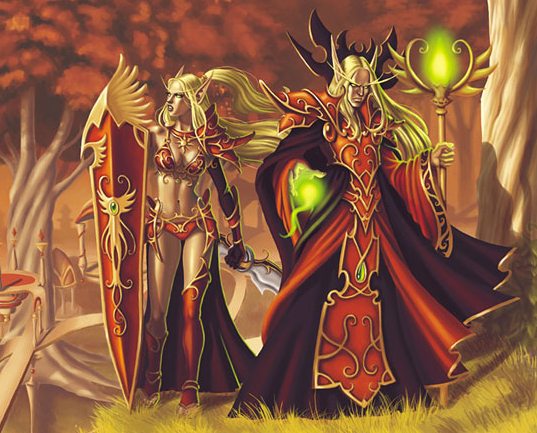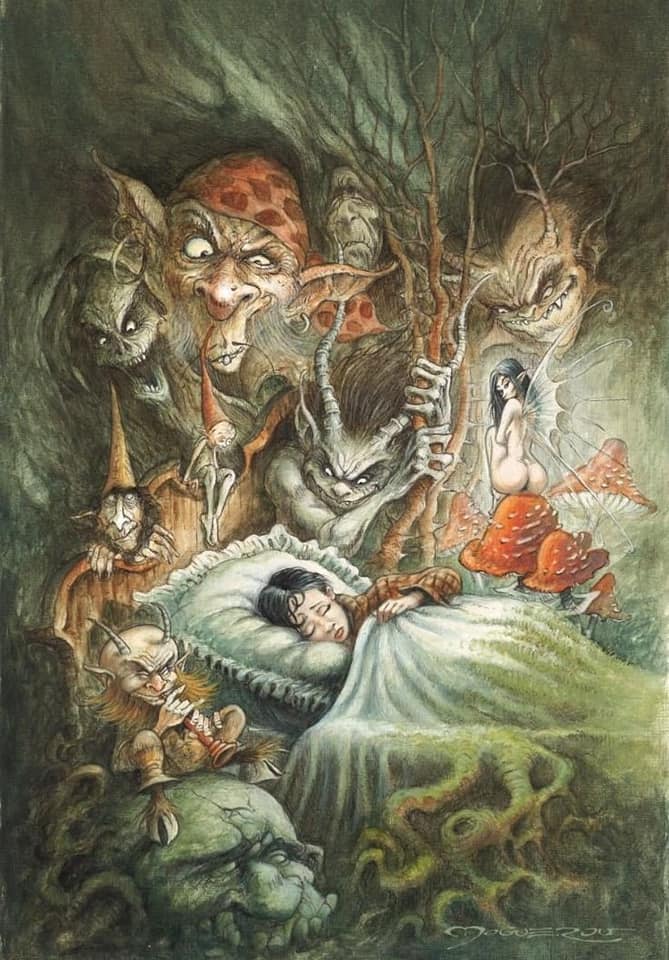Elven Nation Manifesto
On 6 February 1995, a document titled the “Elven Nation Manifesto” was posted to Usenet, including the groups alt.pagan and alt.magick. Enough people contacted the original author of the Elven Nation post in good faith for a planned mailing list to spin off from it. I raise this rallying cry for all fellow non-humans around … Read more

